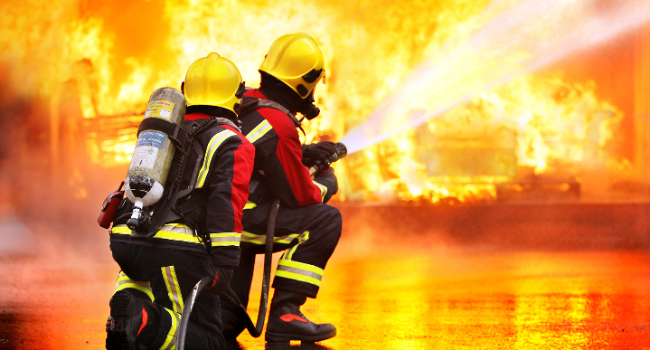
This course is intended to teach the participants a set of practices that will help them reduce the destruction caused by fire. Safety measures imperative to control fire include those that are intended to avoid the breaking out of an uncontrolled fire. It also includes measures that are important to limit the developments and impact of a fire once it starts.
What the course entails?
By the end of the course the participants would have learnt about the different kinds of fire, types of fire extinguishers, their features and how to use them. Candidates by the end of this course would definitely learn about ‘fire triangle’. A fire triangle is made up of three elements: fuel oxygen and heat. Removing one of the three elements is enough to extinguish the fire.
Understanding fires
It is only by recognizing the type of fire that we can understand how we can control them and that is why learning about the type of fires is an important component of this course.
Types of Fires and extinguishers
Fires are classified on the basis of the fuel. And that is what determines what fire extinguishers can be used.
Class A fires- These kinds of fires are caused by regular combustible materials like burning paper, wood, rags, plastics etc.
Class B fires: These type of fire break out due to flammable liquids such as oil, grease and even paint.
Class C fires: These types of fires are caused by electrical equipment, such as motor tools, heaters, power tools, other equipment and other power outlets.
Class D fires: Combustible materials such as metals, such as magnesium, aluminium, potassium and sodium also start fire. These materials burn at very high temperatures and have the potential to react aggressively with water, air and even chemicals. These are generally caused in industrial settings and should be put out by a dry powder chemical only.